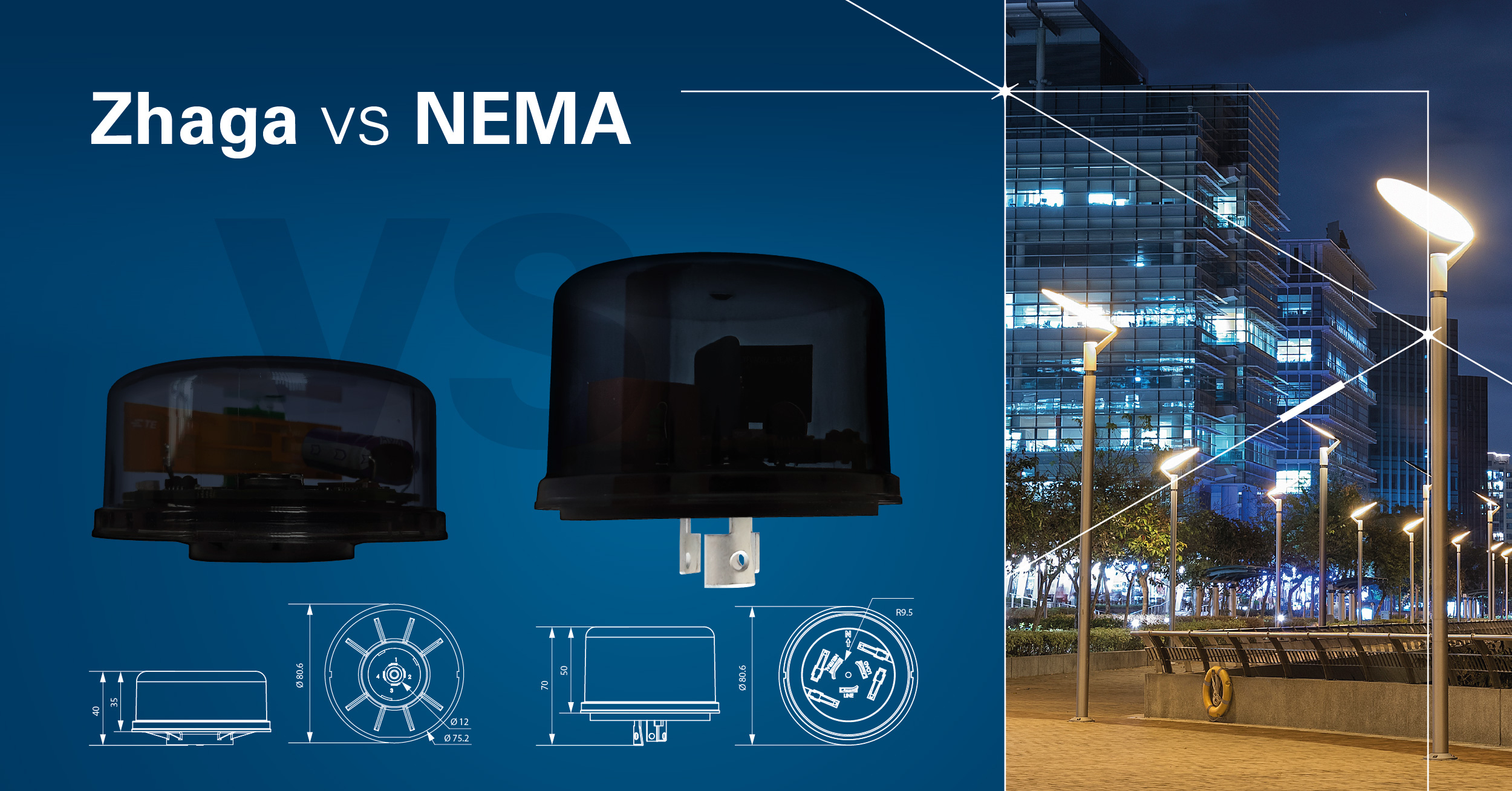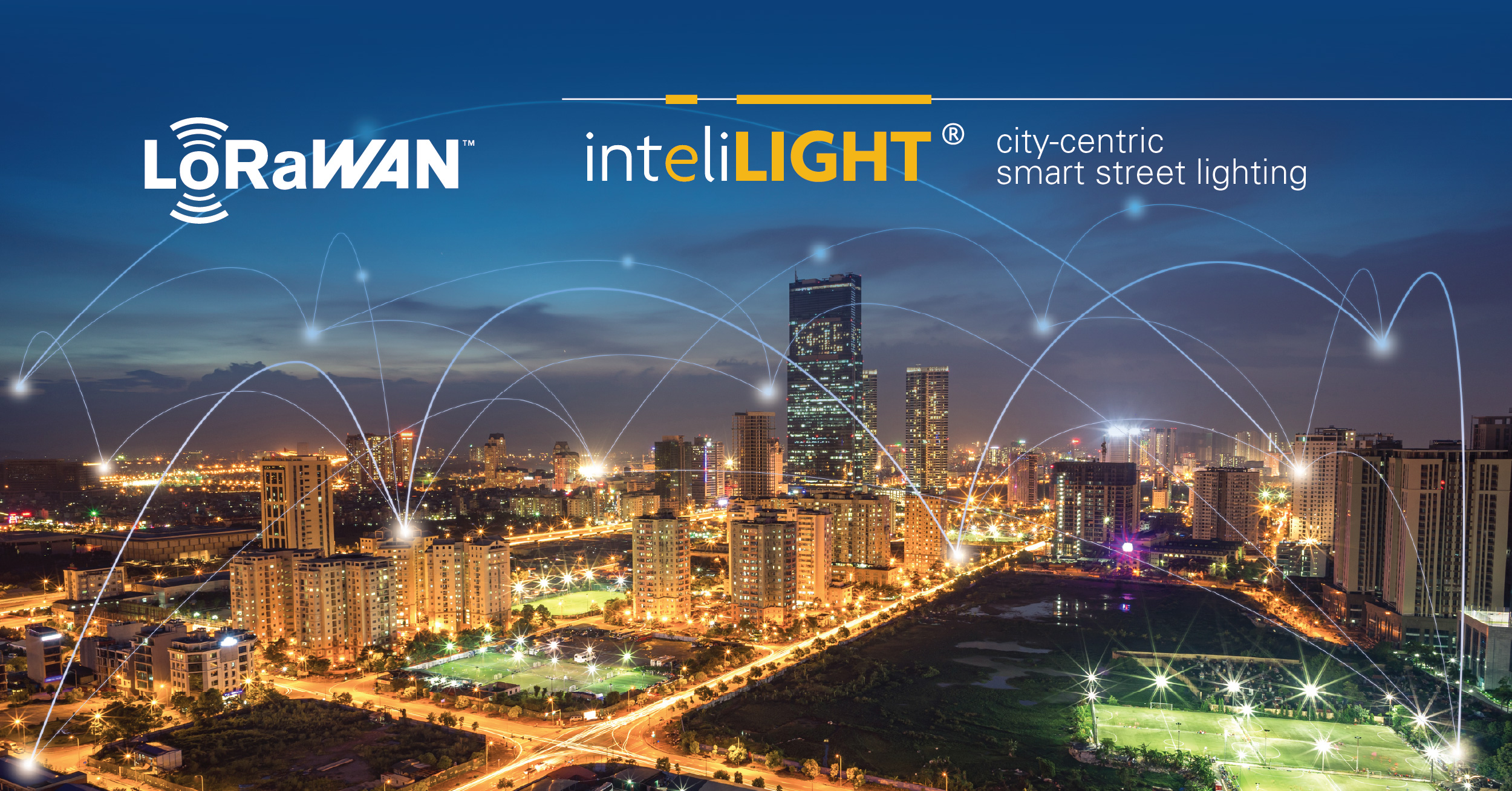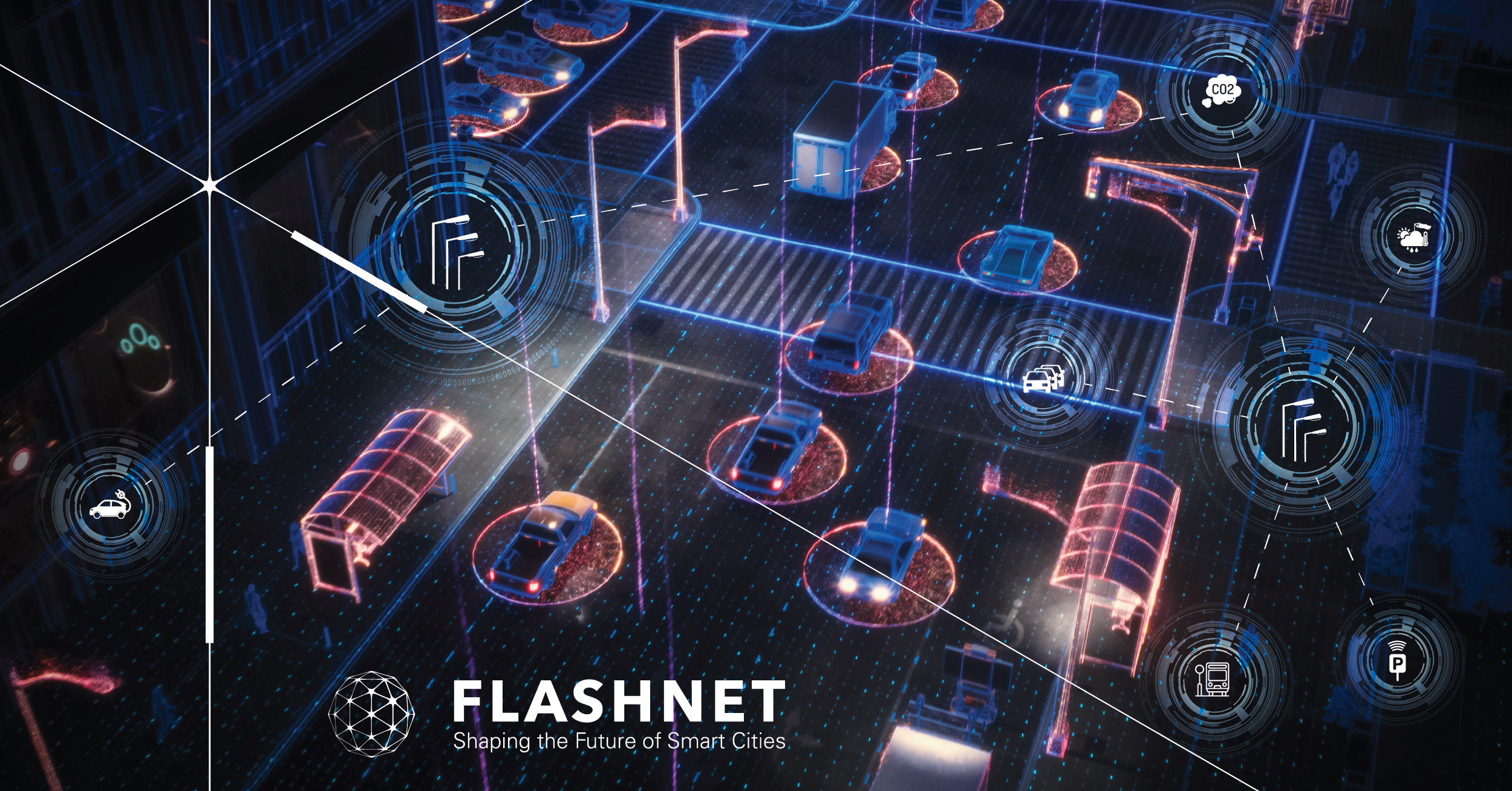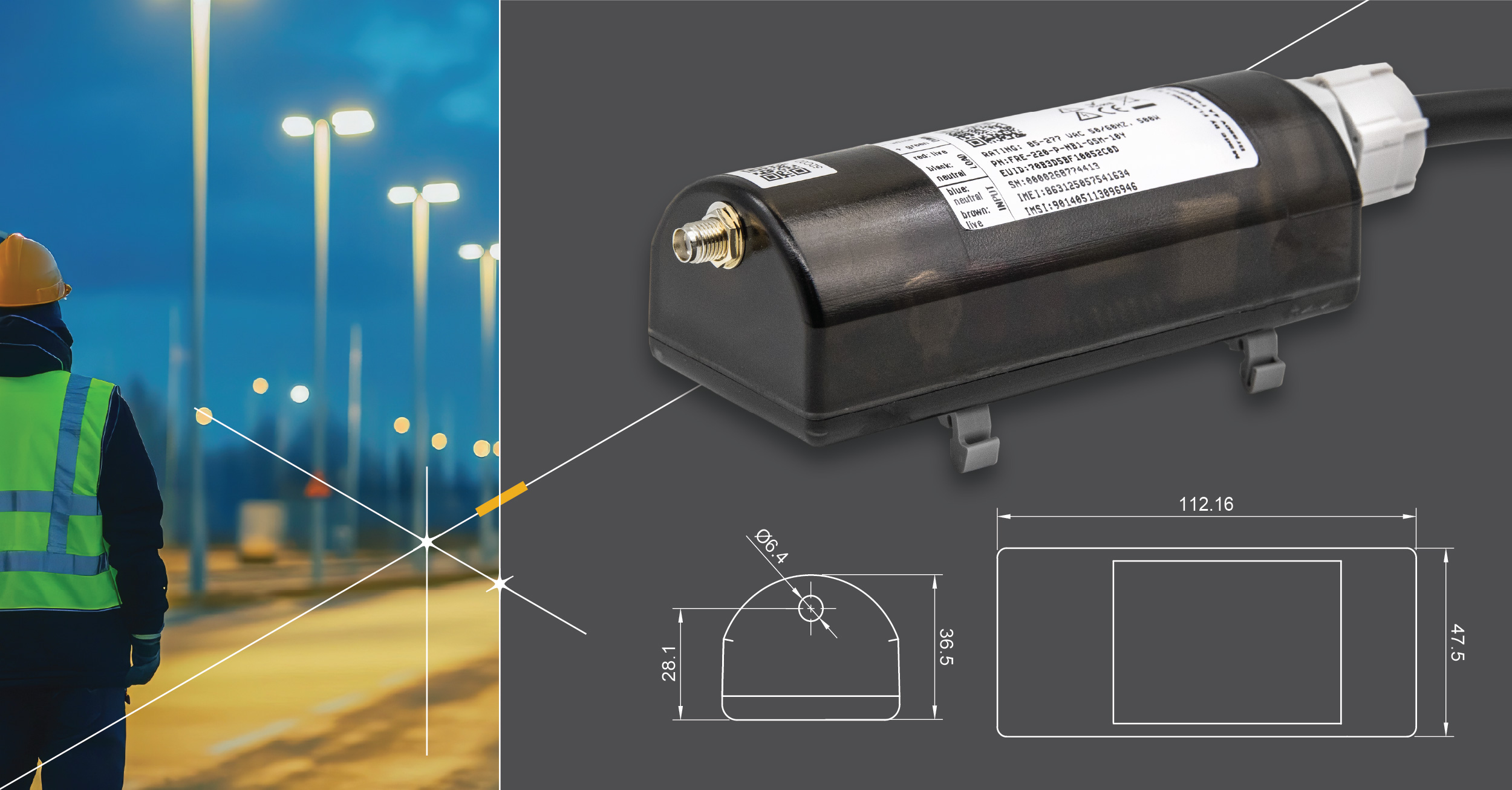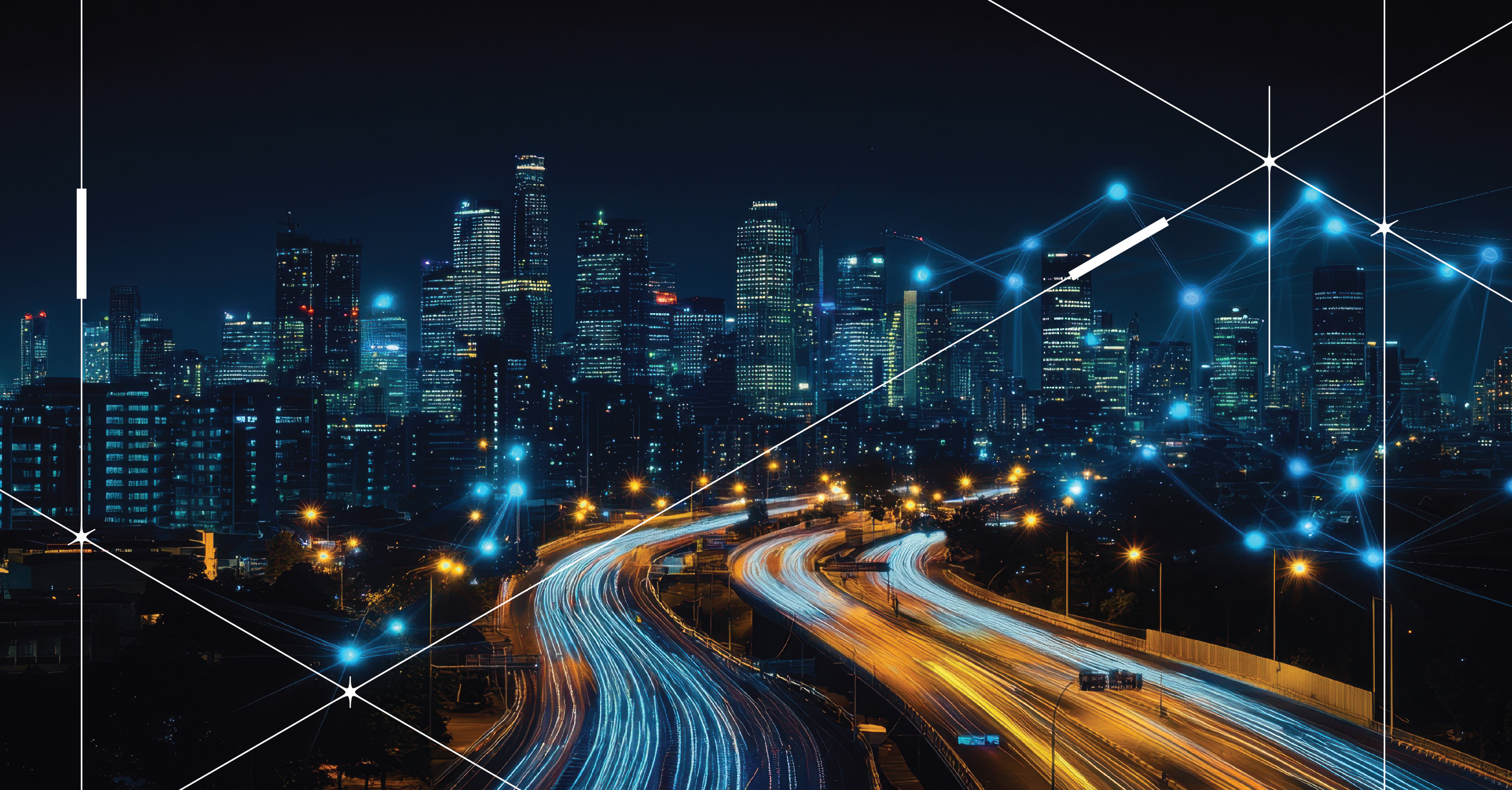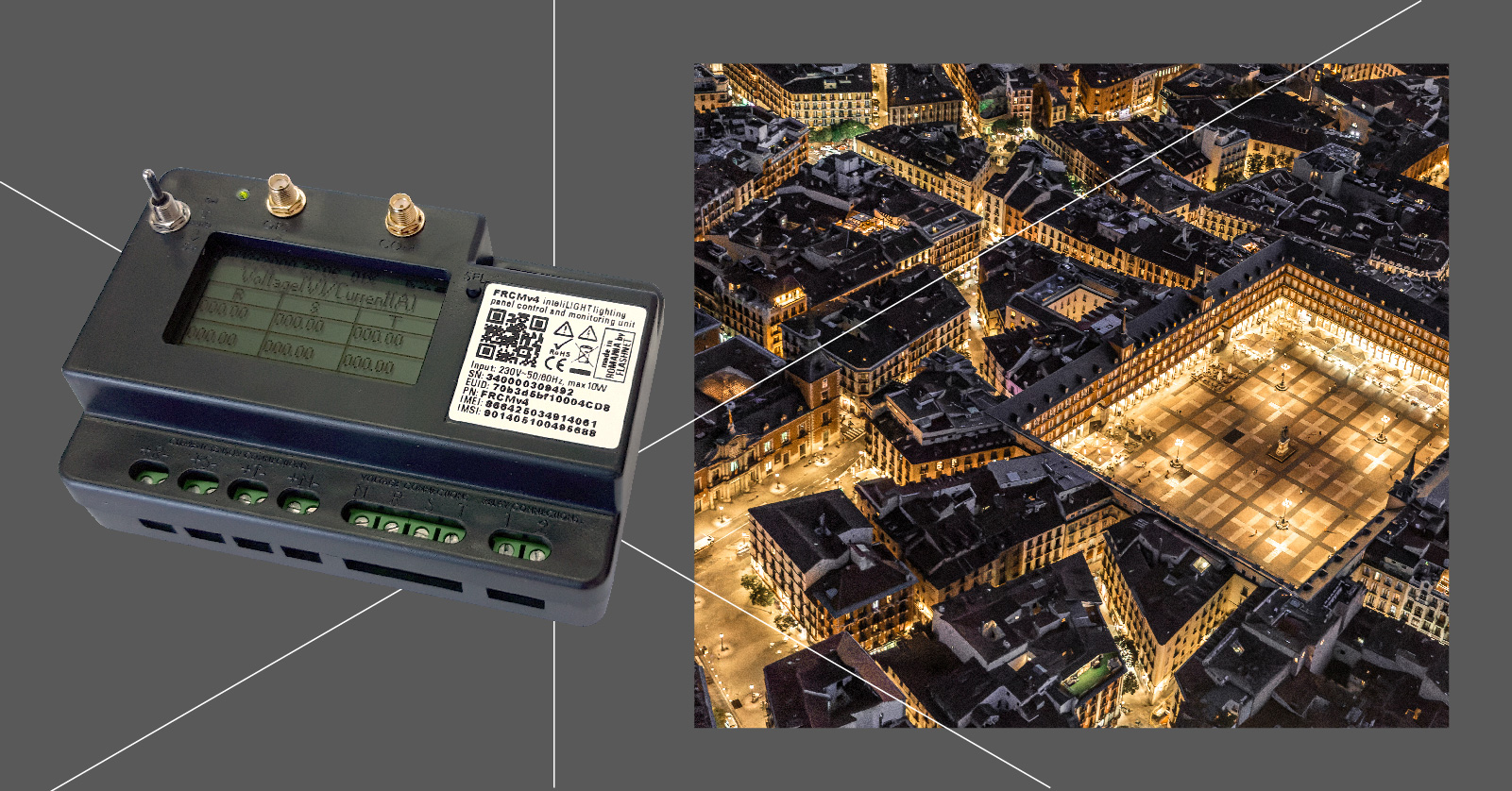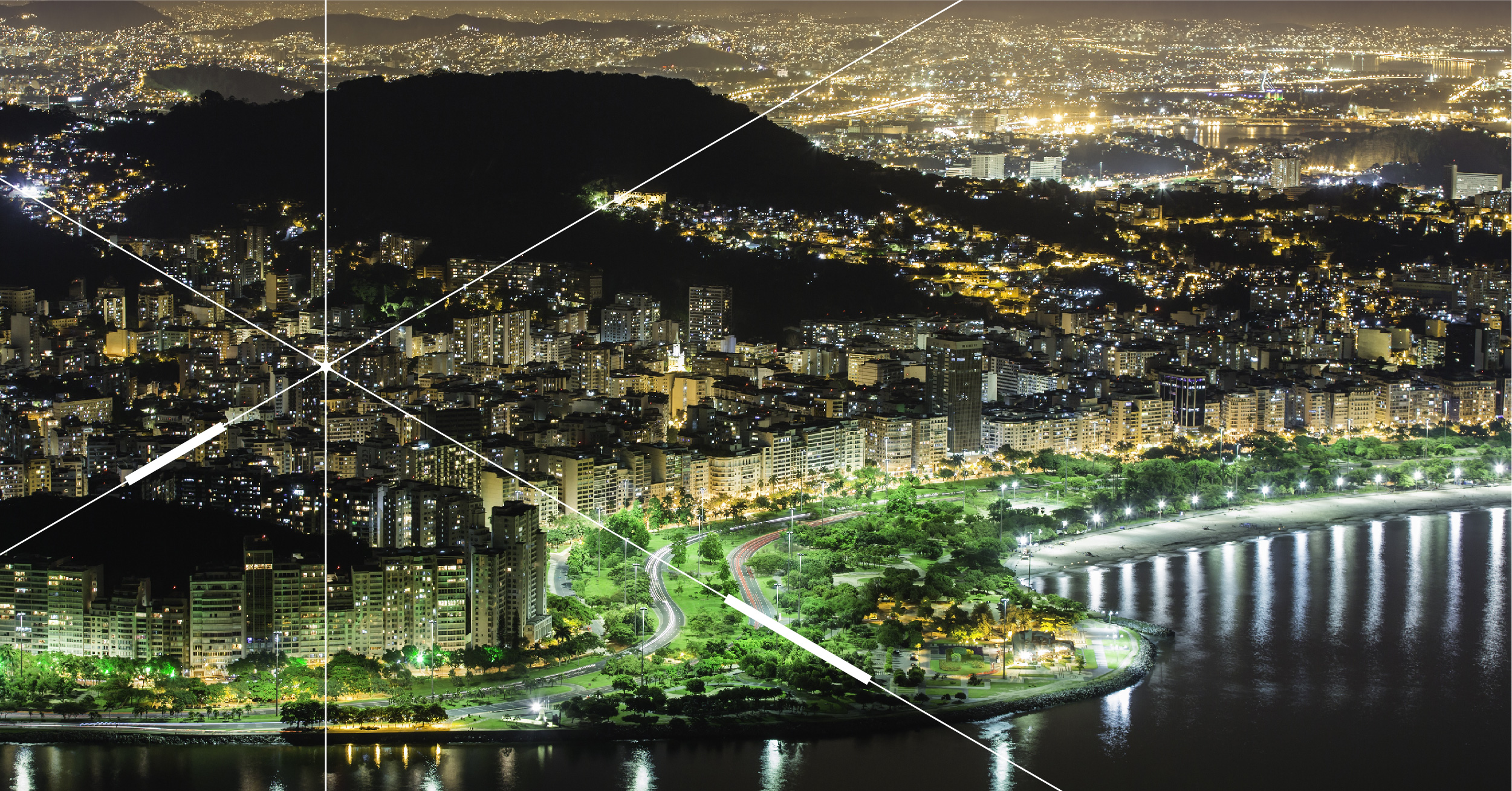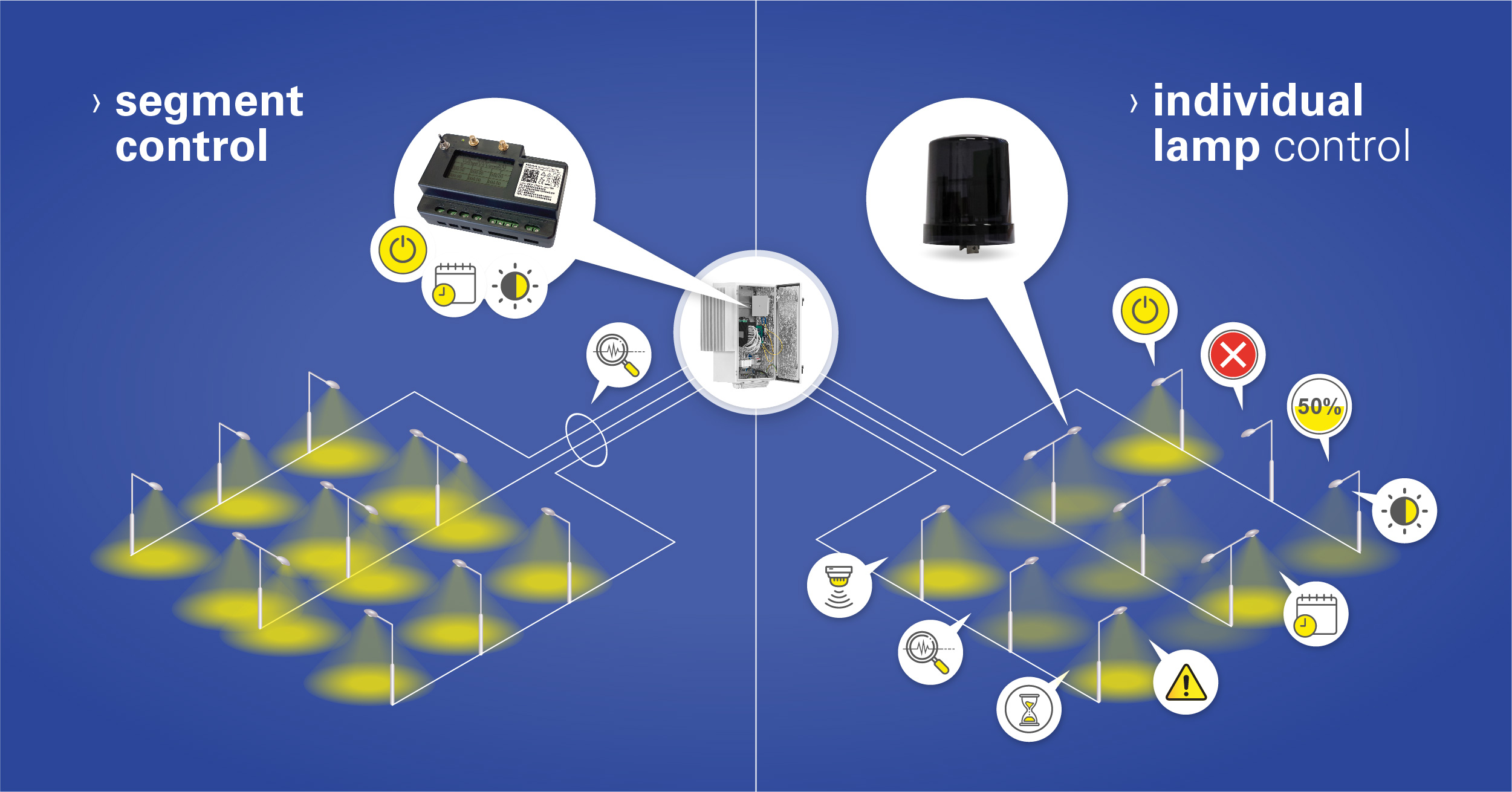Smart street lighting paves the way for smart cities all over the world

From street lighting to smart lighting. From smart lighting to smart cities. Driven by the need of sustainability and control, cities are embracing smart solutions. This article identifies some of those drivers and shows what makes street lighting a fantastic infrastructure option for smart city development. It explains how other technologies can be added to the lighting grid and what is the role of IoT communication technologies in the integration of smart applications.
Smart cities, today
You’ve heard of smart cities, of course. But how do smart city systems actually work and what are the goals that such a city promises to achieve? How does smart city theory translate into practice and do smart cities actually exist today?

Well, there is a lot to talk about all the elements defining a smart city. This is why it’s so hard to tell if there are any cities today that can be considered “real smart cities”. What we know for sure is that smart initiatives supporting the idea of a smart city do exist.
Probably you’ve heard of smart traffic or smart street lighting. Waste management sensors can be placed in waste containers to measure their fill-levels and notify workers when bins are ready to be emptied. For saving time in traffic, some cities installed sensors at the intersections to determine traffic volume and adjust the traffic lights based on the number of vehicles. Others use sensors for collecting air quality data or smart lights that automatically adjust their brightness based on activity levels.
With the growing urbanization, there are a series of important challenges that cities started to tackle and digitalization became the answer to some of the unresolved issues the modern cities are facing nowadays. Environmental concerns, budget constraints, people expecting more? A smart city promises solutions.
Information. Analysis. Control.
But after all, have you ever asked yourself what makes a city smart? Smart cities integrate three elements: information, analysis and control. More precisely, an interconnected network of sensors is used to collect data in real time, which is then analysed and used to control different processes across the city.
Smart cities collect information that leads to analysis. Analysis leads to decisions. Decisions lead to actions. That’s right. Data used for safer streets, data for better traffic flows, data for less energy usage, data for better municipality investments.
But cities are complex systems. Traffic, utilities, public safety, public lighting, etc. – with so many different systems, how do they work together? And do they actually… work? There are two technological layers that have already helped hundreds of cities overcome these issues: integration (interconnectivity) and Smart City Software.
Connecting the dots
In principle, to avoid separate systems and to encourage synergies, all systems need to be able to communicate with each other (TALQ and uCIFI are two of these interconnectivity standards). Furthermore, companies like Cisco, Nokia or Ericsson have developed software suites that connect unrelated systems and allow city managers to supervise and control everything from one place.
With these challenges addressed, there is one more important question: where do you mount all these devices throughout the city and how do you power them? Of course, thanks to the new low-power IoT communications, many of them will be battery operated. But critical systems like traffic control and CCTV cameras need special conditions – and this is where the street lighting’s infrastructure comes in handy.
Street lighting is getting brighter
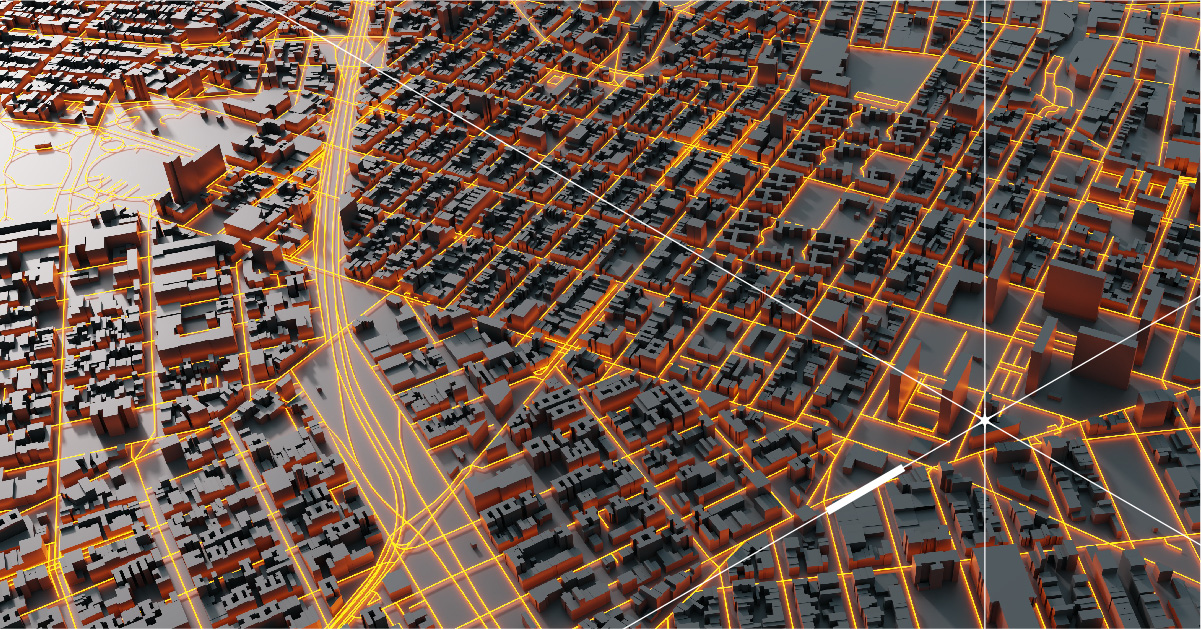
Smart lighting, a platform for smart cities?
A smart city might seem easy in theory, but how do you get from a smart city plan to the actual implementation of smart solutions? And where does smart street lighting come into play?
Street lighting could be considered the backbone of any city and the ideal infrastructure for smart cities everywhere. Why? Street light poles are omnipresent. They have a high density and they are connected to the power grid.
And even more power is available since cities are upgrading the street lighting grid to LED lamps that are much more energy efficient. There have been experiments where even EV charging plugs have been attached directly to the street lighting poles, without any civil works.
A smart city will use sensors that communicate with each other or with the control software. These sensors need to be installed throughout the city on a physical infrastructure. This physical infrastructure is typically the non-smart component of the smart cities. It includes buildings, roads, power supply lines and water supply systems. And any such infrastructure requires significant investment, as smart cities are projects that involve a high degree of complexity.
Compared to a large scale project, mounting sensors on street light poles is less complex and disruptive and easier to be integrated throughout the city. Furthermore, individual lighting control provides uninterrupted power at pole level (legacy street lighting is powered off during the day).
Every pole could be linked to a wider network connection, which transforms each lamp into an IoT-ready installation platform. The authorities can then use all of the fixed data points around the city (the lighting poles) as a base for mounting additional sensors for other smart applications.
All of that means that all three essential elements needed for developing a smart city are already provided by intelligent street lighting: a physical installation infrastructure, a communication infrastructure and a permanent power supply.
How are the street lighting poles used for smart city integrations?
What encourages smart city deployments is the fact that due to the lamp-level control, the smart streetlight networks are continuously under power, even during the day. This means there is a large number of other sensors and IoT devices that can be supplied from the smart street lighting grid, using any available communication and being coordinated through the street lighting software or other IoT platforms.
By installing additional sensors on the street lamps, the common issues the cities are facing at the present day could be addressed. The smart poles can accommodate EV charging stations, sensors for smart parking and traffic, environmental sensors, CCTV cameras or microphones. As the lighting system comes with a safe and secure connection, all of that (and more) can be easily integrated in the power grid.
Adding even more value with smart lighting
It is clear that making the street lighting a platform for multiple services like traffic control or air quality monitoring might prove a practicable solution. But smart lighting itself offers immediate benefits. Energy costs are immediately reduced by up to 35% and operational costs come down by up to 42%.
How? Smart lighting offers the ability for each lamp to be individually controlled and monitored, meaning that night-time checks will not be needed anymore. Also, the smart controller installed with every lamp allows continuous awareness and dynamic ON/OFF/dimming control depending on the time of the day or traffic. All of that is translated in reduced operation costs, safer streets, a decrease of energy costs and a more sustainable environment. In addition, a smart lighting system reduces the maintenance costs since faults in the lamps can be easily detected and fixed.
But why does this matter in relation with the other common issues the cities are facing? How about traffic and mobility, public Wi-fi connection or pollution? As seen before, beyond the benefits that come with a lighting control system, street lighting has the potential to support all of the other applications a as part of the broader deployment of Internet of Things solutions for smart cities.
From smart lighting to smart cities: the role of communication networks
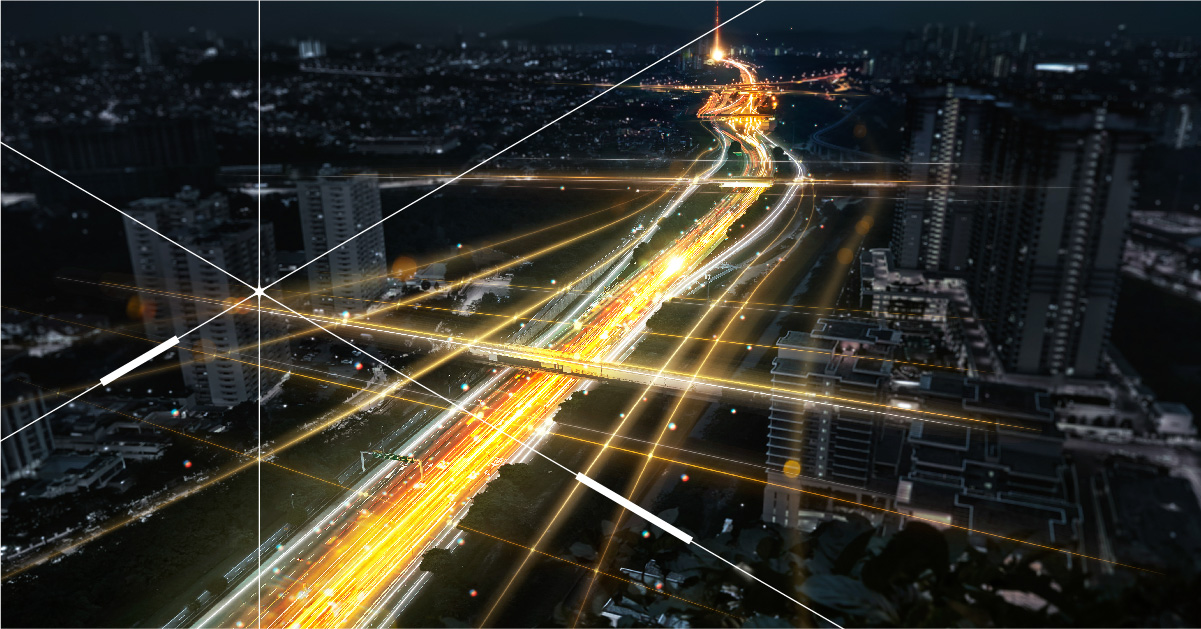
As previously mentioned, one thing that smart cities and smart lighting have in common is the information and communication technology. Considered „the nervous system”, the communication technology is the one that integrates all elements of a smart system into a single platform. It ensures the transmission of information between hardware and software, it acts as a binder among devices and software. In this way, smart cities integrate all services via digital infrastructures, without having to manage them individually.
But as there are a number of communication technologies available at the moment, how do you decide which one facilitates the integration of smart street lighting with other smart city devices?
The goal is to link together more technological innovations in a meaningful way. But different suppliers use technologies with different connectivity and data models and not all communication technologies offer the same flexibility when it comes to integration. While some manufacturers are using open source communications, others have adhered to globally accepted standards, while others are using proprietary API integration.
Open standards vs proprietary protocols – avoid a locked-in city
A city shaped by a long term vision will want to encourage an interaction between all the smart city systems. In this case, an open communication is the one that will empower the city with limitless future smart applications. That’s because open standards networks are freely available and can be implemented within any business model. As they are more flexible, they allow the ability to link to existing smart control applications without the need to buy a separate system to manage each additional device or system, which makes it a good foundation for IoT devices.
Let’s assume that the city wants to link an air monitoring system to a previously smart lighting installation. That would be possible only if these systems use a common language, an open communication standard. Cities that deploy open standard systems will be able to use smart city solutions from multiple suppliers that “talk” to each other.
What if you decide to change the supplier of the smart lighting network? Probably the city will be required to reinstall a large number of information systems and sensors, which means losing all the historical data that cannot be transferred from the old provider. Again, this situation can be avoided by using open standards that enable large amounts of data to be stored and then used by other systems.
This information exchange needed for smart applications created the need for establishing standards that are globally accepted. One of them is TALQ Certification, which ensures the interoperability between software and networks from different vendors. For example, because the inteliLIGHT smart lighting solution uses open standards systems with vendor interoperability and is TALQ certified, it can be integrated with other smart city software applications and can coexist with other compatible controllers or entirely different lighting solutions.
On the other hand, there are the proprietary protocols that might hinder the adoption of other smart services and innovations, as they come with the risk of vendor lock-in. Once an initial investment is made in a proprietary system, that system will be compatible only with the provider’s patented communication technology. It will be required an investment continuity over time with the same producer, which may lead to being vendor-locked. And shifting to another technology or standard might prove costly and difficult.
Another option that is worth to be taken into account is an API connection. The existing proprietary standards, which limit interoperability between vendors, has led to the use of APIs (Application Programming Interface). In this way, suppliers and partners can share and leverage each other’s data and services.
Public and private networks
When it comes to communication, it is important to analyse whether a public or private network allows an easier deployment of specific smart solutions together. They require different costs and have different levels of security and reliability. However, it all comes to the specific needs of the city and the other existing smart systems.
Public networks (e.g. NB-IoT, LTE-M, GSM) are installed and maintained by telecom operators. Being under the responsibility of network operators, they take steps to ensure that the network is secured and functional at all times. Therefore, this type of communication comes with increased security and reliability.
The private networks (e.g. LoRaWAN, Wi-SUN etc.) are operated directly by the municipality or the street lighting provider. These networks require several skills and responsibilities: network planning, installation, maintenance and security – that must be performed by the lighting provider. Furthermore, the installation costs are higher and users have to ensure the network maintenance themselves, but the cost of having to pay for a subscription is completely eliminated.
Network coverage
Smart city services are designed at different scales, which require various communication networks that can cover various ranges. For this reason, there exists the possibility to choose from three different networks, each of them having different limits and benefits: cellular networks, long-range networks and short-range networks.
Cellular networks (NB-IoT, LTE-M) can include an unlimited number of devices and are more suitable for real-time communication. If the applications deployed require commands to be executed as soon as they are sent out, cellular networks can guarantee instantaneous communication. However, it comes with a tax on the energy consumption and a price for the connectivity.
Long-range networks (LoRaWAN, Sigfox) typically function on long range and low power and can connect as many as 5000 devices to a single gateway, being preferred by solutions providers when designing IoT or smart city systems. That’s because they are suitable for the specific needs of machine-to-machine communication and can allow IoT devices to operate reliably for up to 10 years on a single battery. Short-range networks such as RF mesh or Wi-Fi have a maximum node-to-node distance of 200-300 meters and can comprise around 200 devices. The network reliability increases the more nodes there are installed.
As cities need solutions that accommodate their infrastructural needs, finding the best communication match may prove challenging. Fortunately, different communications technologies can be used both separately or combined. And indeed, there are cities that go for a mix of technologies to ensure full coverage in any area. For instance, Grottaglie, a small city from Italy, has decided to combine LoRaWAN and GSM communications into a hybrid installation that provides both lamp-level and segment-level control and awareness.
Anyway, each network has pros and cons, which should be assessed by taking into account the area’s geography, urban density, the needs and future development plans of the city. It is important to know that proprietary connectivity will restrict the options for future system development; the communication itself should have a reliable future (high adoption rate), so you will have replacement parts and support for the foreseeable future; interoperability is a big plus, adding future-proof and flexibility.
Smart city integration example
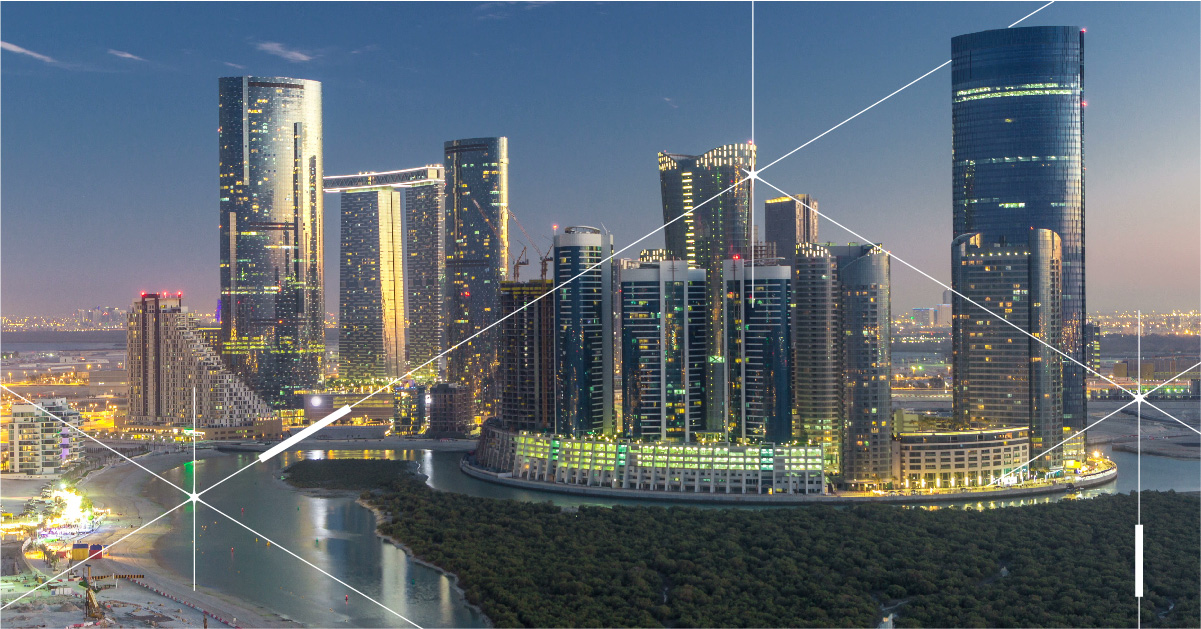
Every city has its own ambitions in terms of smart solutions, specific local circumstances and challenges. The value of connected street lighting is that municipalities can benefit from a degree of flexibility when they look to address local issues. A great example is Abu Dhabi, where due to the deployment of inteliLIGHT controllers that enable lamp-level control, other sensors and applications have been successfully integrated. The installed compatible IoT solutions enhanced the quality and performance of urban services such as energy, transportation and utilities and reduced costs while improving sustainability.
The city’s objective was to create a true smart city synergy. Therefore, the street lighting control was integrated with 10 other city services such as: asset tracking, air quality monitoring, smart parking, water metering, palm tree weevil detection.
Conclusion
So how big is the contribution of intelligent street lighting in creating the smart city of the future? As recent data suggests, cities have started to recognize that in a world that depends on a permanent access to power and connectivity, the street lighting network is a valuable asset.
By leveraging the smart street’s network for the installation of additional smart applications around the city, the long-term costs will be greatly reduced and those new services will be deployed at an accelerated speed. This makes a connected lighting system a solid foundation for any smart city platform.


